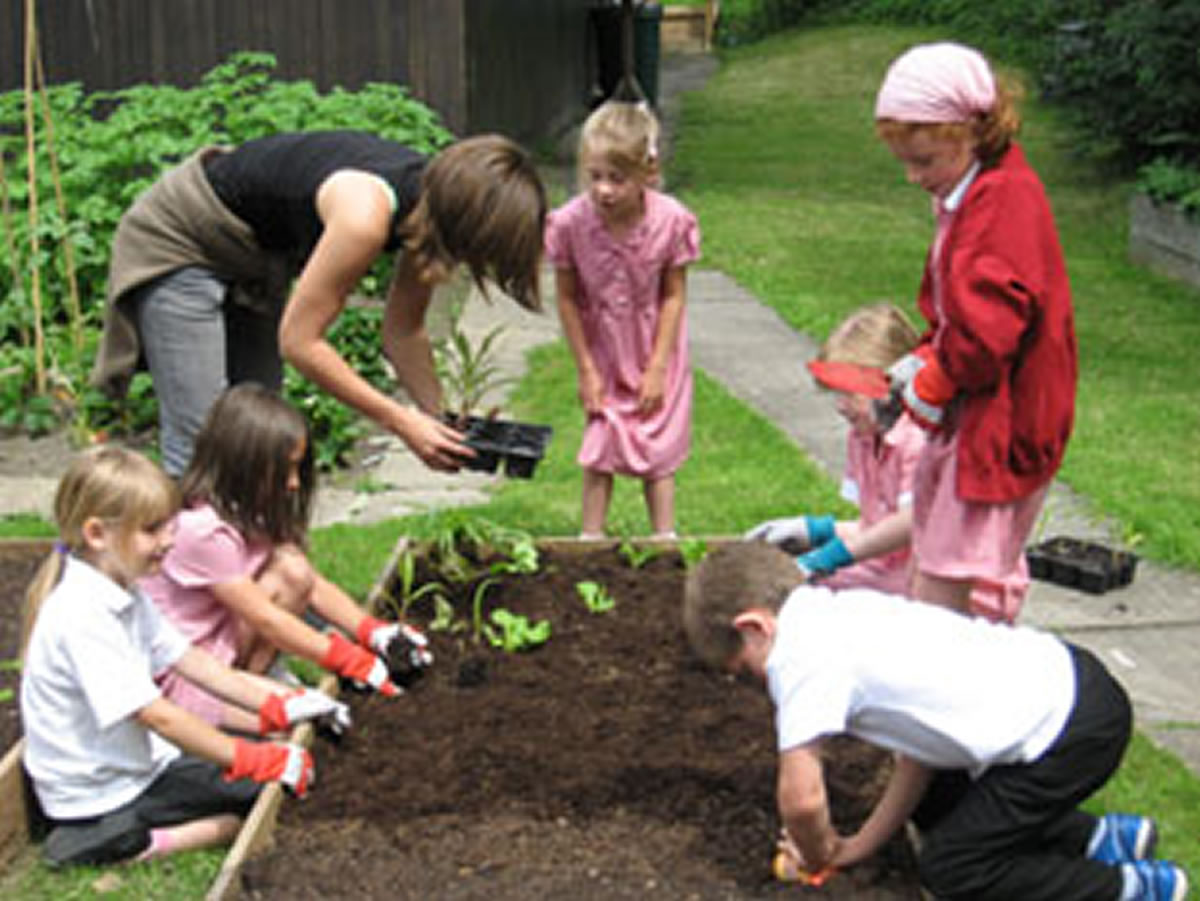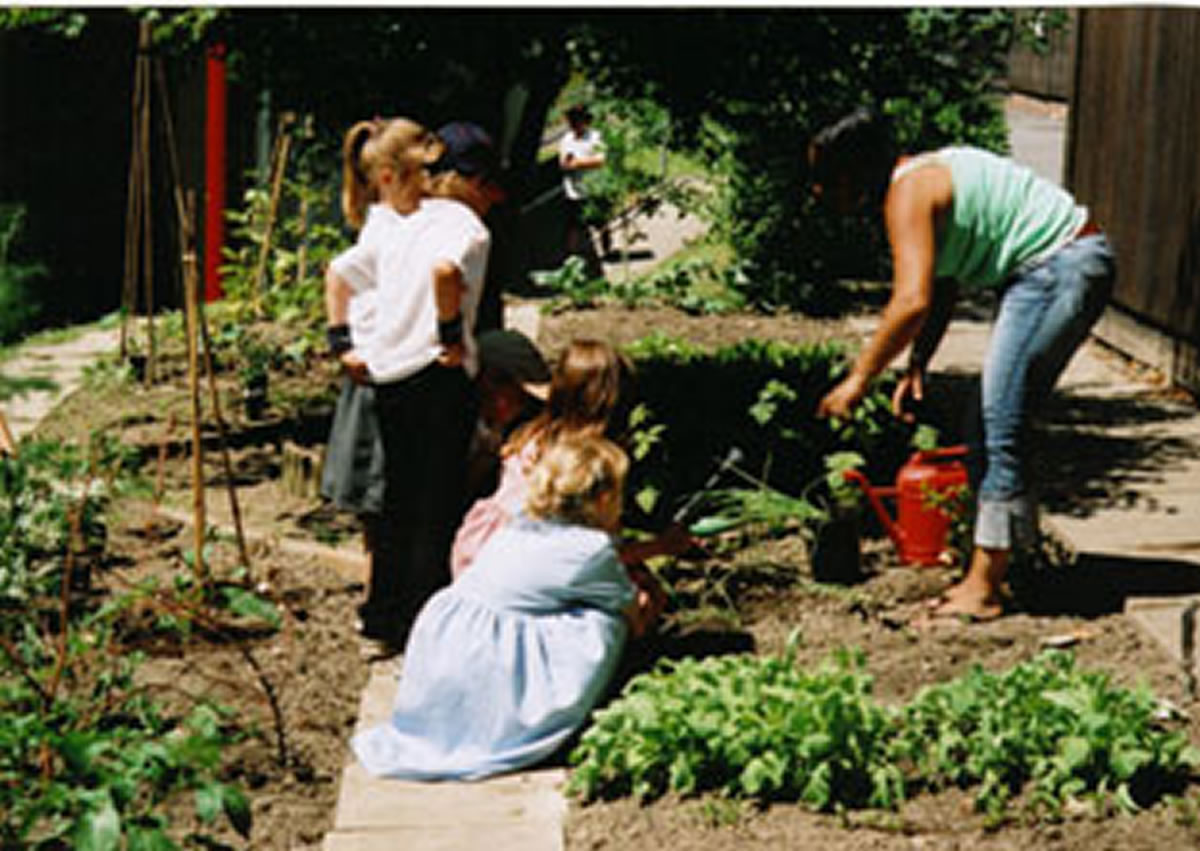
With all the hype surrounding our environment these days it’s no surprise that schools are playing a big part in educating our children about the importance of looking after planet earth.
More and more schools have realised the importance of being eco-friendly and are educating our children in the benefits of re-cycling, saving energy and growing their own food.
Children are learning to care for our environment more and to share with each other what they have been able to achieve. The delight on the children’s faces when they are all able to pick and taste the produce they have grown themselves is fantastic and very rewarding.
Hands-on gardening enables children to gain knowledge of plant science, wildlife, environmental issues and the process of change, the children also gain an ‘outside classroom’. Gardening and growing things is both educational and healthy for children. Environmental awareness can be increased if the school gardens organically. From a health and safety point of view organic growing is essential which means no horrible chemicals!
There is nothing better than being outdoors and the children begin to realise where food comes from and are even up for trying things they may never have tasted before. The earlier we start to teach our children about healthy eating, and how easy it is to grow your own the better for them in the future.
Starting your own gardening club
Would you like to set up a gardening club at your school? Now is a good time to get one going. Below are a few pointers to get you started.
- Find yourself a suitable plot of land. This could be within school grounds or you could take on a plot on a nearby allotment site.
- Find yourself some willing volunteers.
- Get the children involved in making a plan of how you want the garden to look and make a list of what you would like to grow. Most vegetables grow well in a raised bed system and children find them easier to work with.
- Gardening clubs can be run during the lunch hour or after school.
- Contact local businesses for help with tools, seeds, plants and compost etc to get you started.
- Plan in advance the things you would like to do in the lesson.
- Keep things simple to start with, try to tailor your activities to suite the children’s age group.
- Make lessons fun, children love to get stuck in, the messier the task the better.
- Take pictures of your lessons (get permission first) and document everything you do. Before and after pictures are great for reminding you of your achievements. You could even set up your own school gardening website.
- Take time to explain things to the children in a way they will understand, encourage them to look closely and the plants and creatures around them.
- Always encourage children to taste, smell and touch the vegetables and plants. Many children are surprised by how good vegetables straight from the ground taste.
- If you can’t always get outside on a wet day, try doing classroom based activities like drawing different plants, vegetables and insects or making bird scarers from old CD’s
This type of project would be eligible for grant funding, please see contacts below.

Let’s get our children gardening and watch them grow!
Contacts
Lottery Fund – will distribute lottery grants to a variety of food-related projects to help make locally grown food accessible and affordable to local communities. https://www.tnlcommunityfund.org.uk/funding/under10k
Also try writing to local garden centres and builders merchants asking for donations many are happy to help if they can.
If you would like any further help or information on this subject, please contact Ayesha Hooper on 01271 327087 or e-mail swcaa.cic@outlook.com